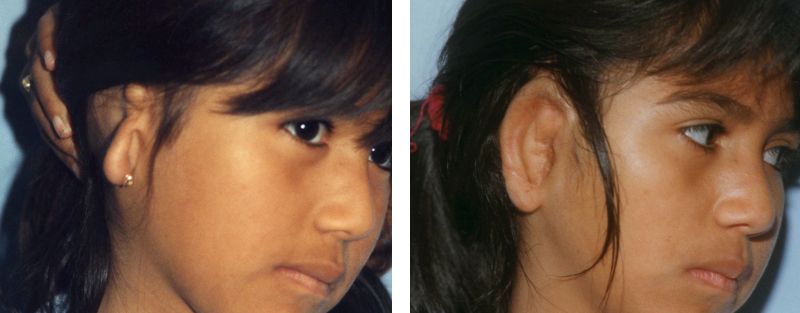

Abnormal development or deformities of the ear anatomy can cause a range of complications, from cosmetic issues to hearing and development problems. An estimated 6 to 45 percent of children are born with some sort of congenital ear deformity.
Some ear deformities are temporary. If the deformity was caused by abnormal positioning in the uterus or during birth, it may resolve as the child grows, the ear unfolds and takes on a more normal form.

Other ear deformities will need medical intervention – either nonsurgical or surgical – to correct the ear anomaly. Because it’s unknown which ear deformities will correct on their own and which will not, it’s important to discuss treatment options as early as possible.
The ear is shaped like the letter C, formed by the helix and the earlobe. Inside the C is the letter Y, formed by the antihelix and the superior and inferior crura. The central part of the ear is shaped like a conch sea shell, and is called the concha. There is a small bump in front of the ear canal called the tragus. On the other side of the concha is another bump called the antitragus.
The ear is made primarily of cartilage covered by skin. The earlobe has no cartilage and is made of skin and fat. Although there are some muscles attached to the ear, most people cannot control them, which is why only a small percentage of people can wiggle their ears. The external ear is supplied by four different sensory nerves.
Ear deformities like microtia, anotia, constricted ear, prominent ear, loss of any part of ear require plastic surgical management and at Bisoniya hospital these deformities are managed routinely with good results.
